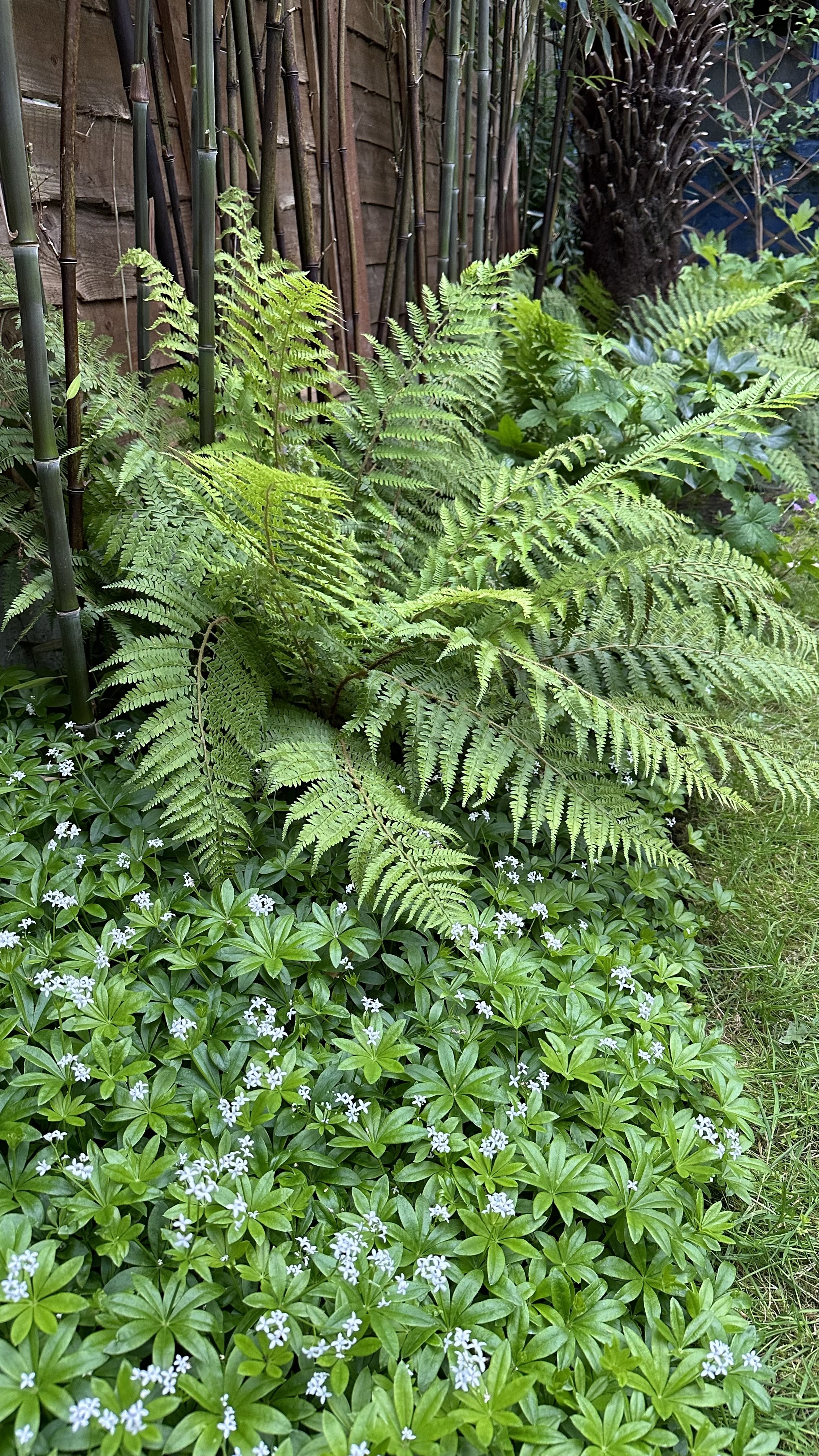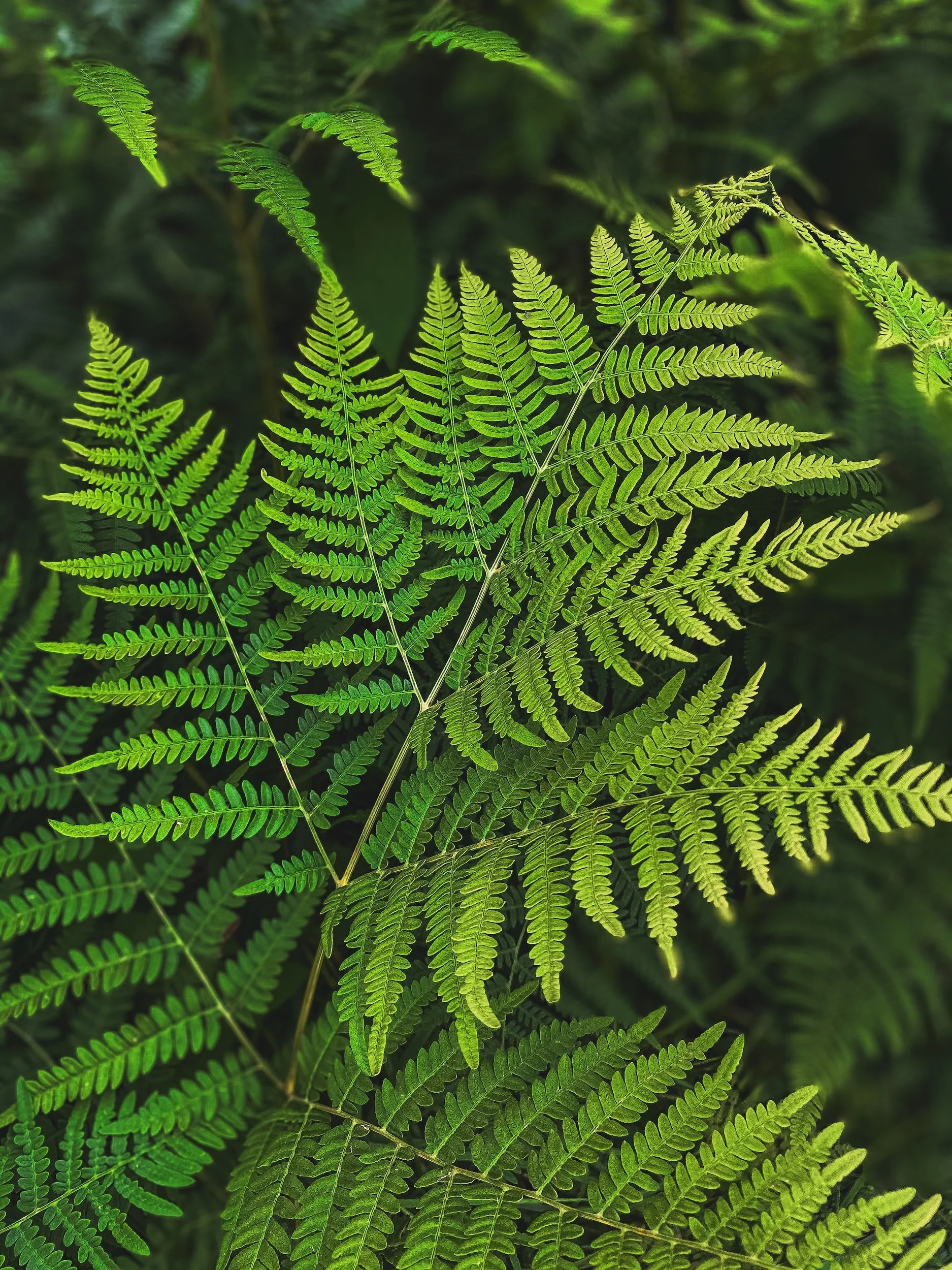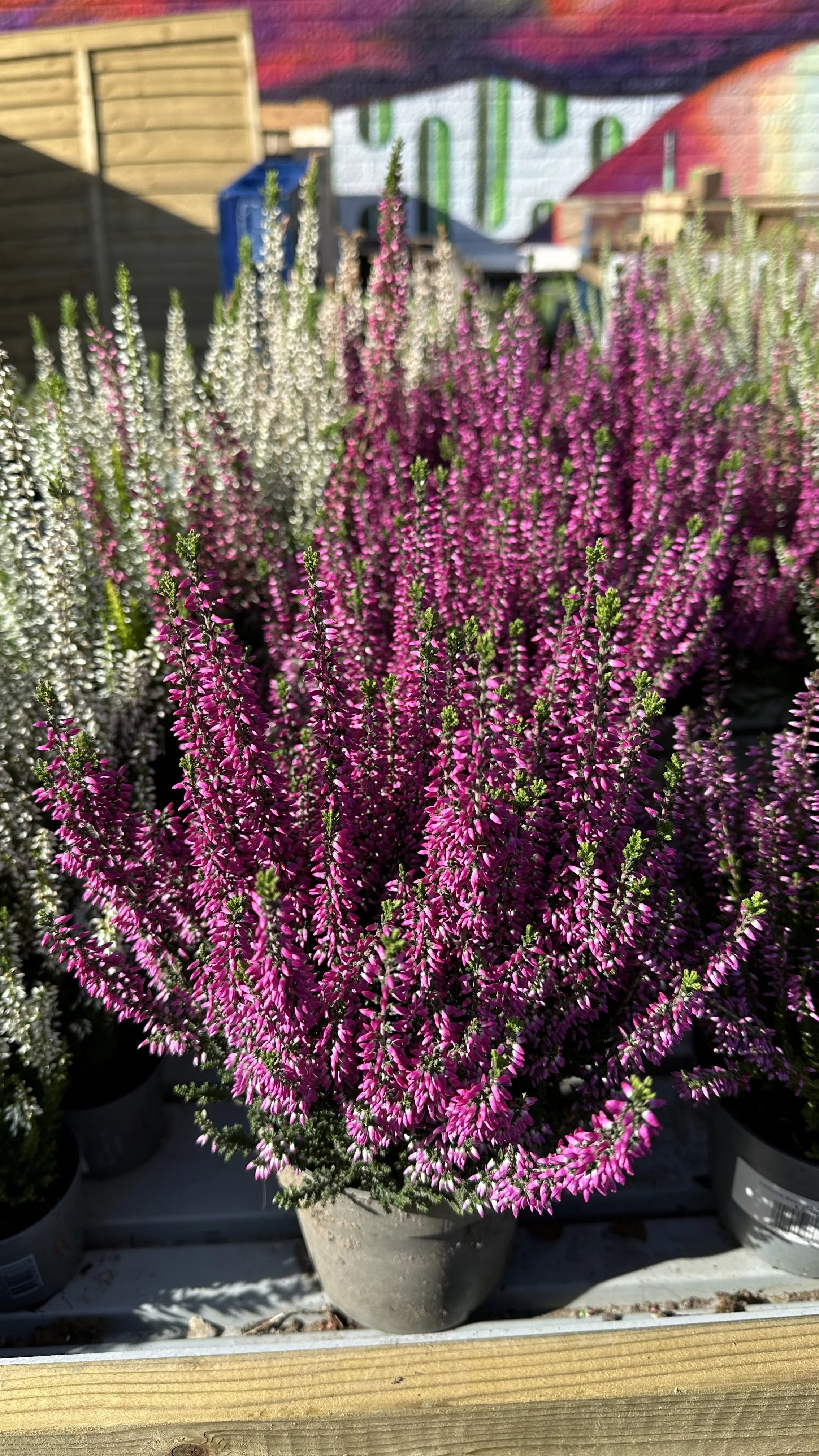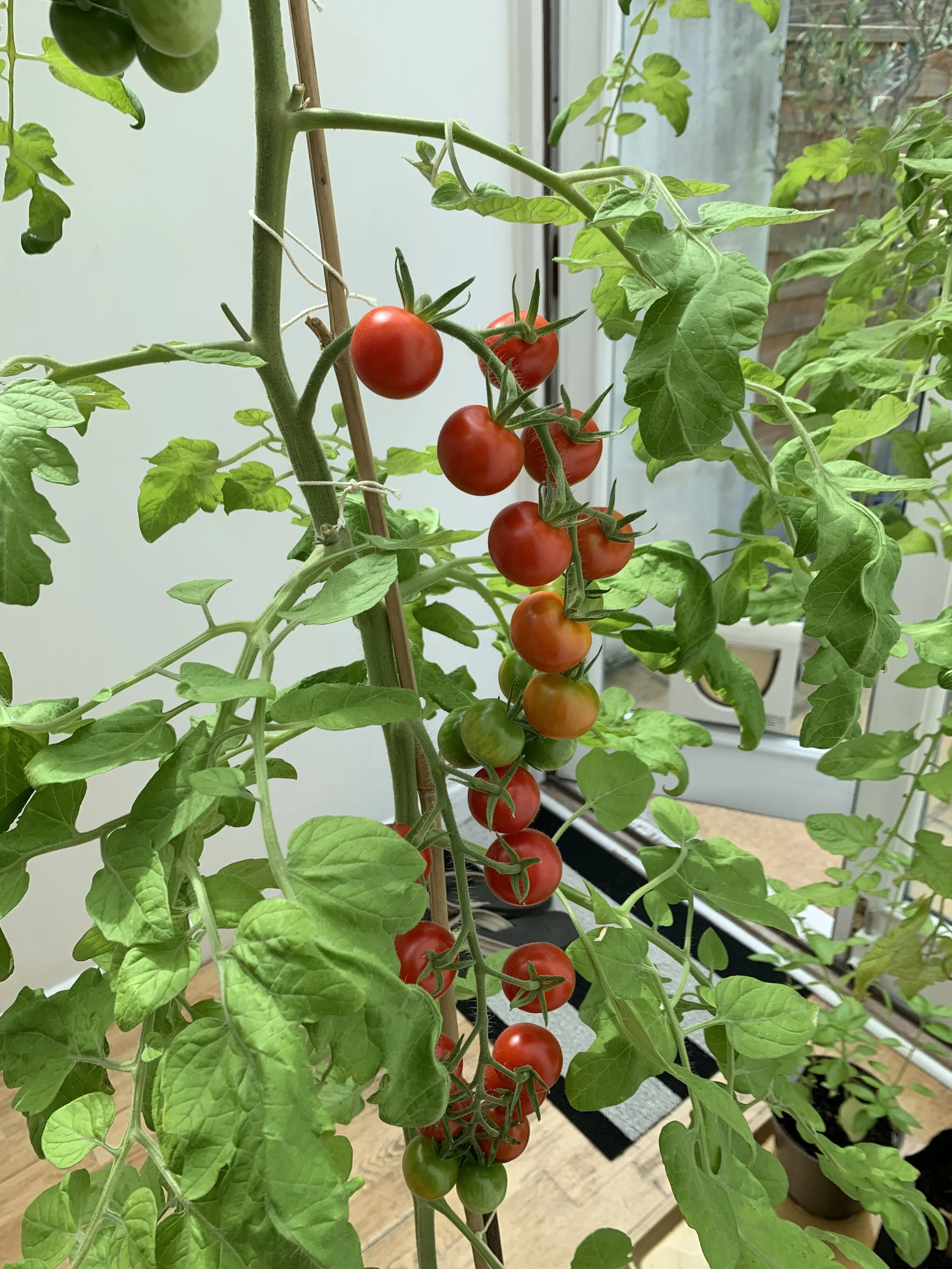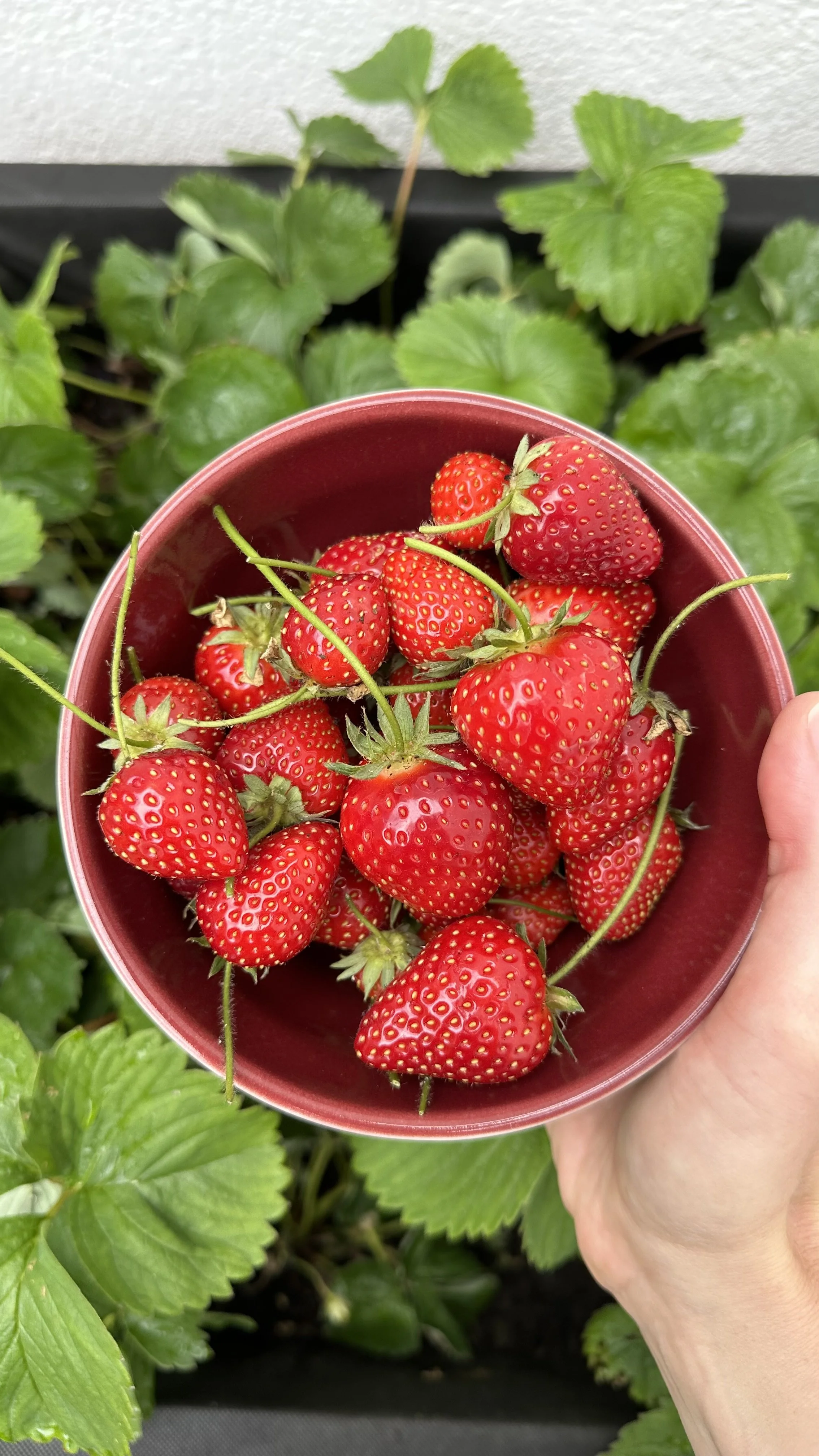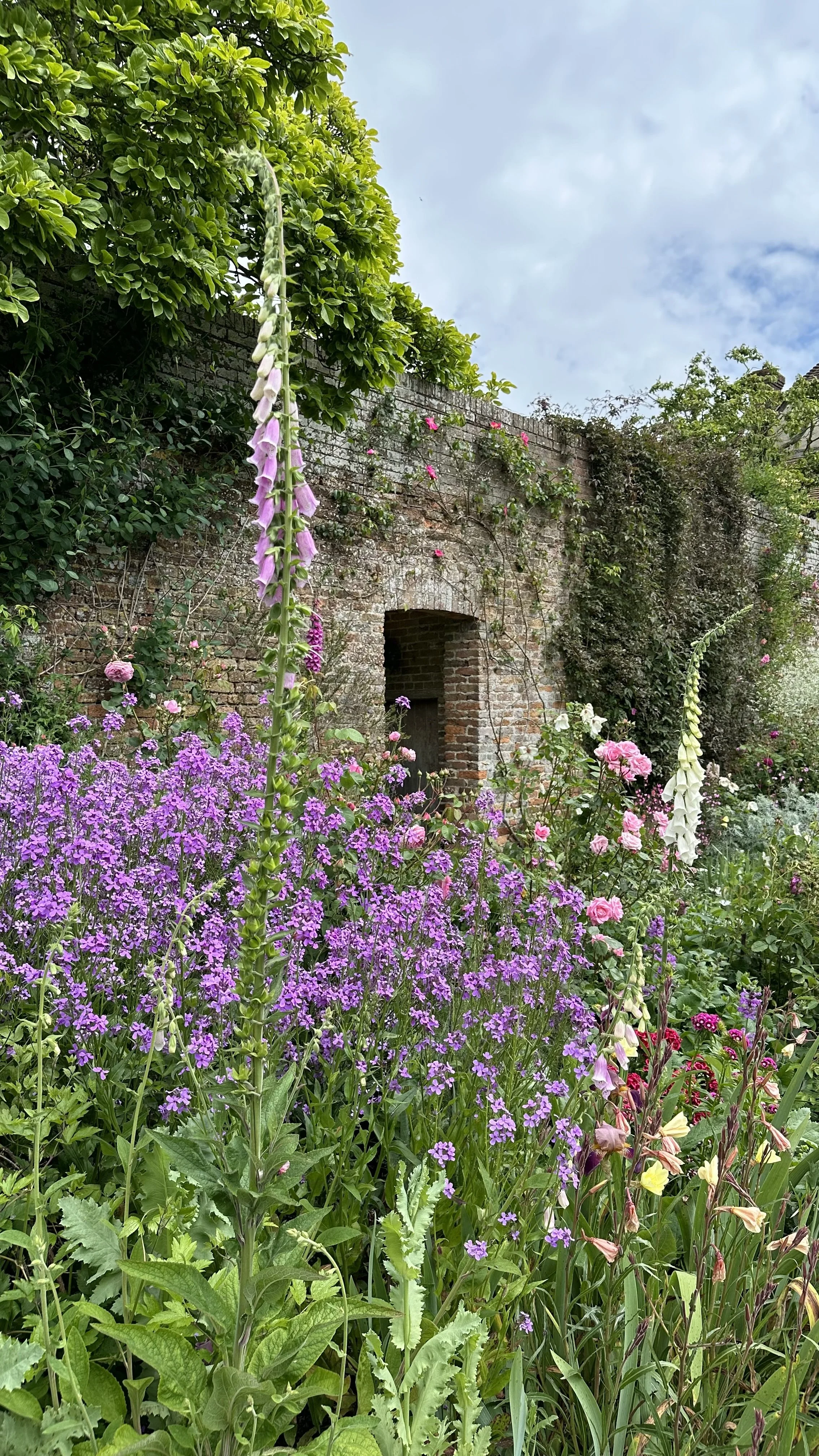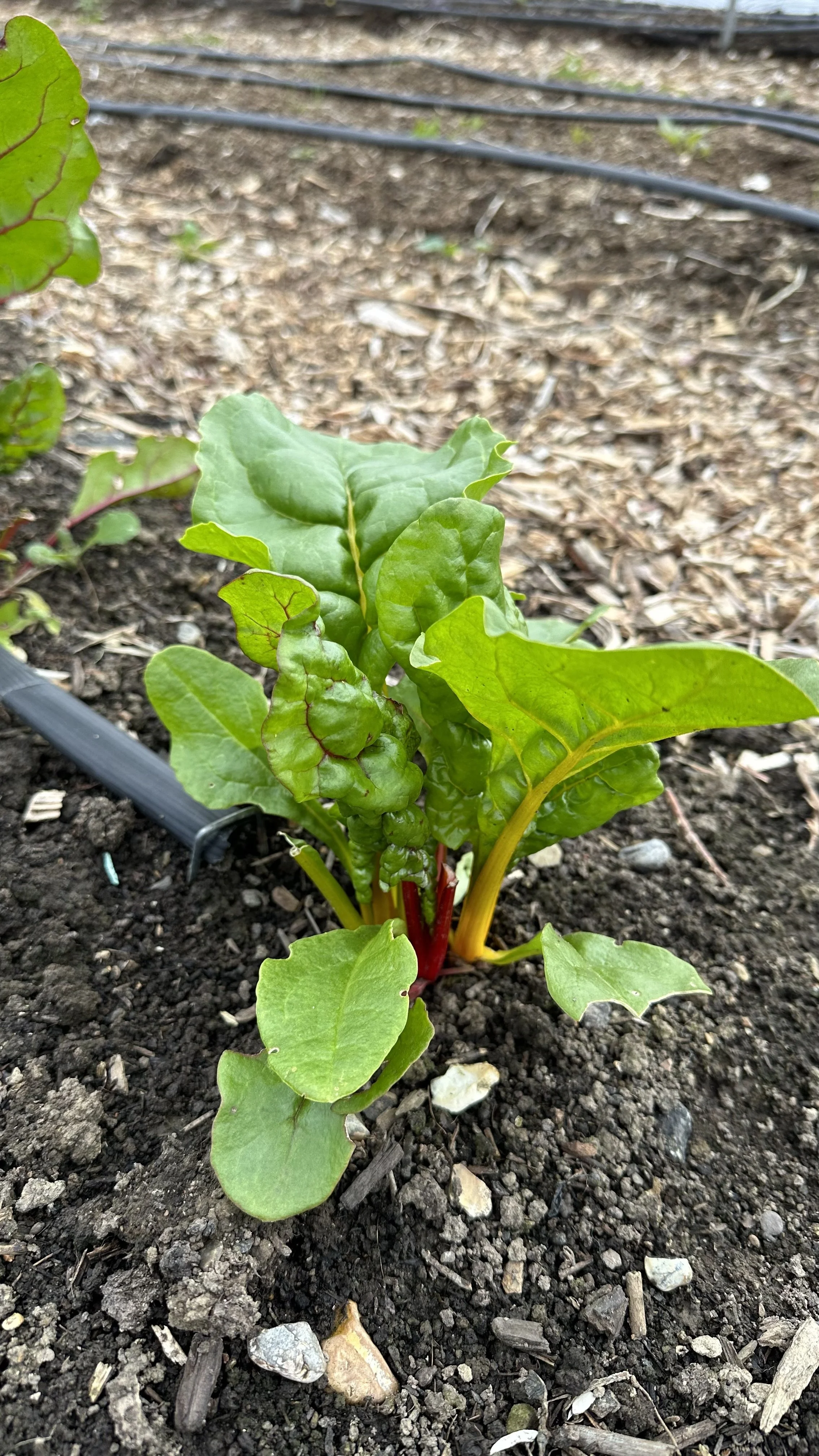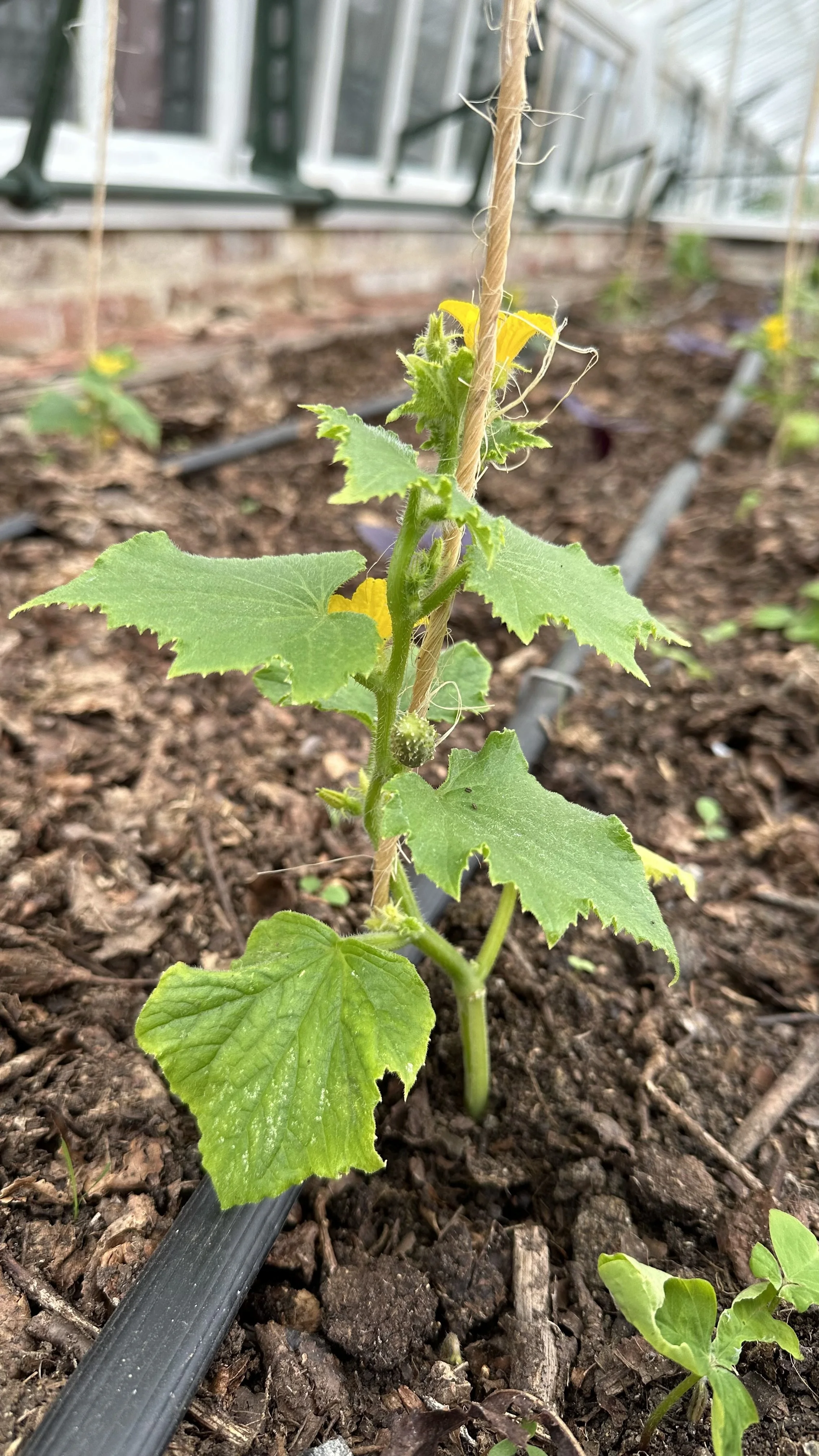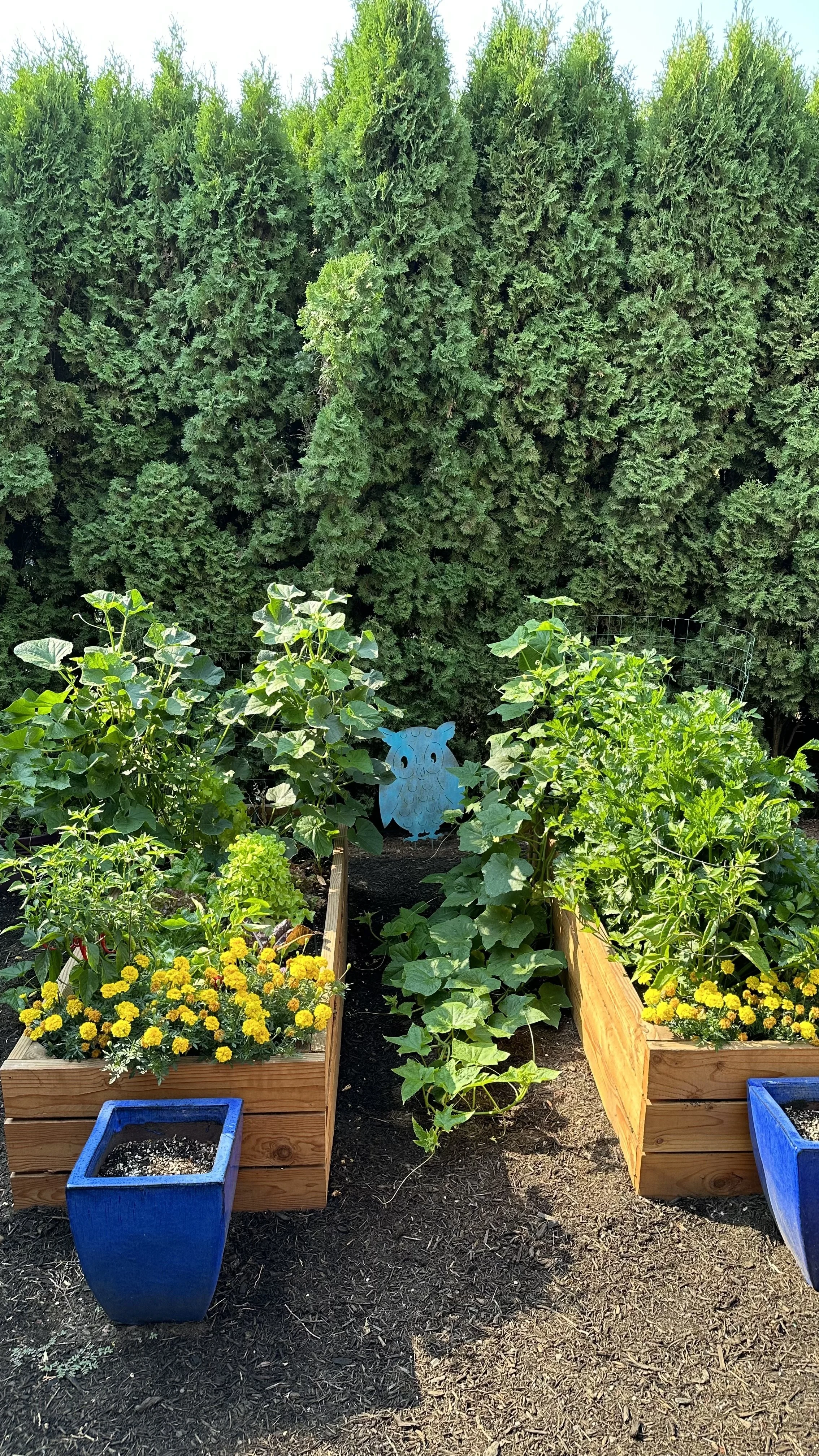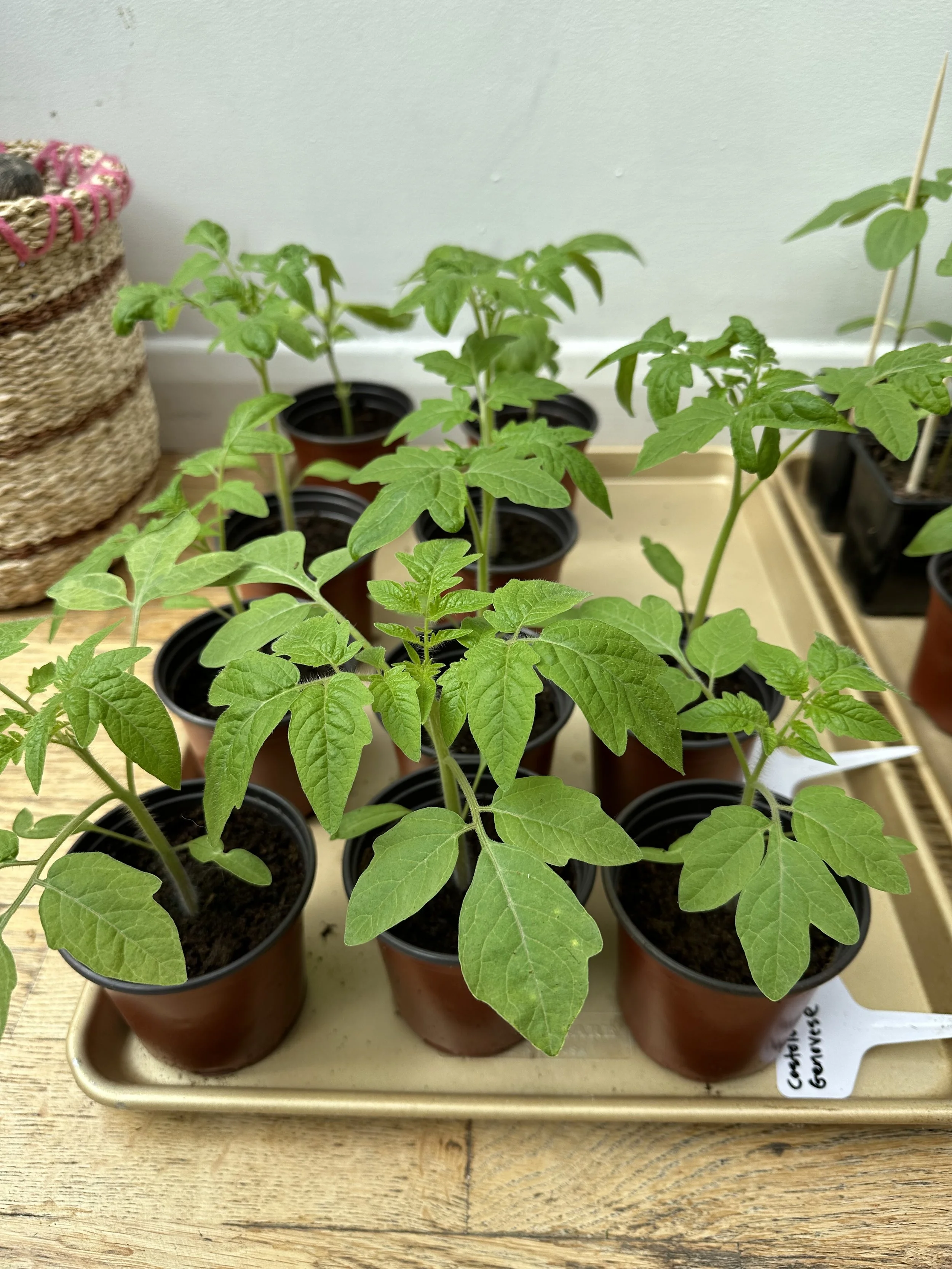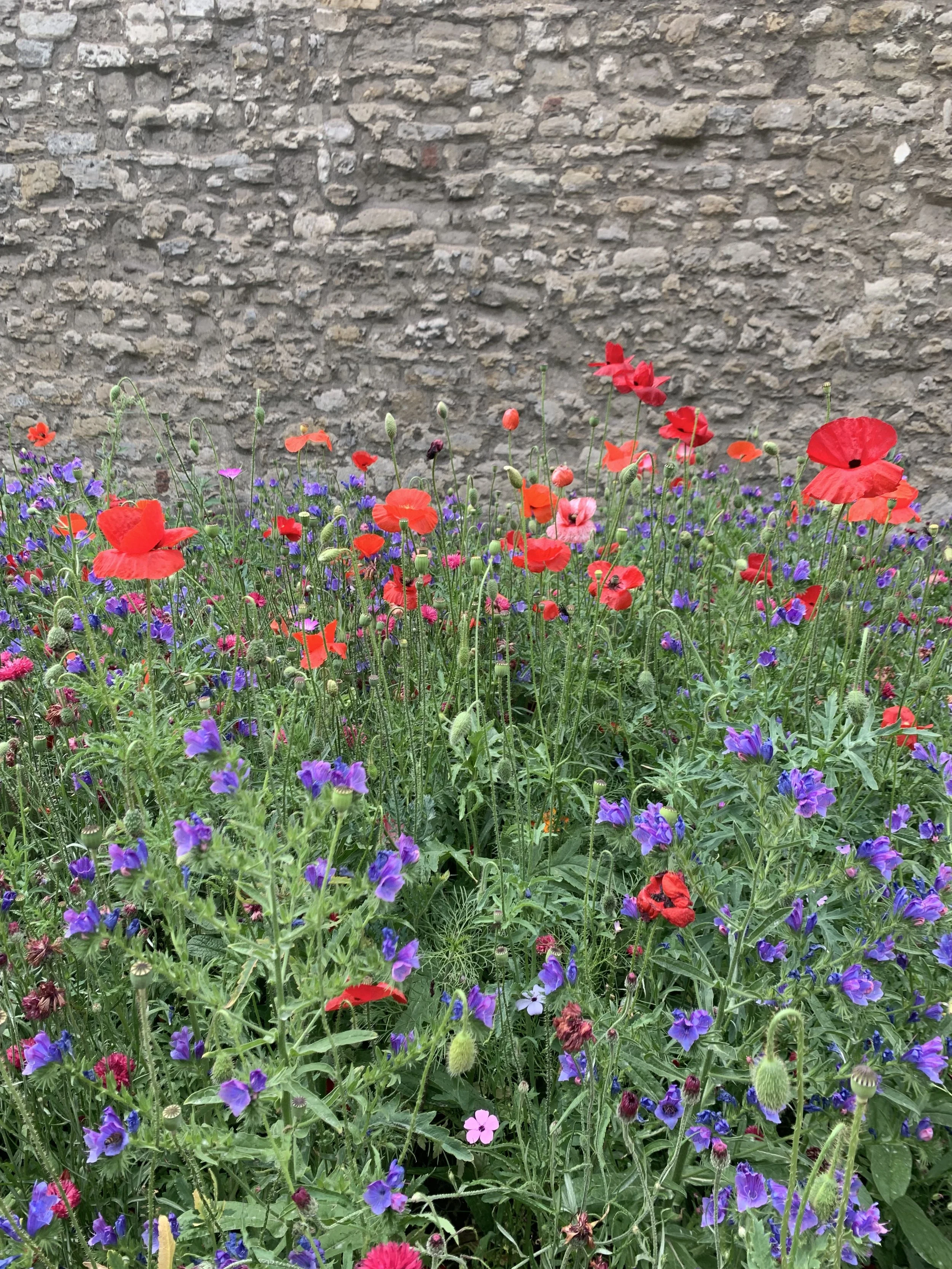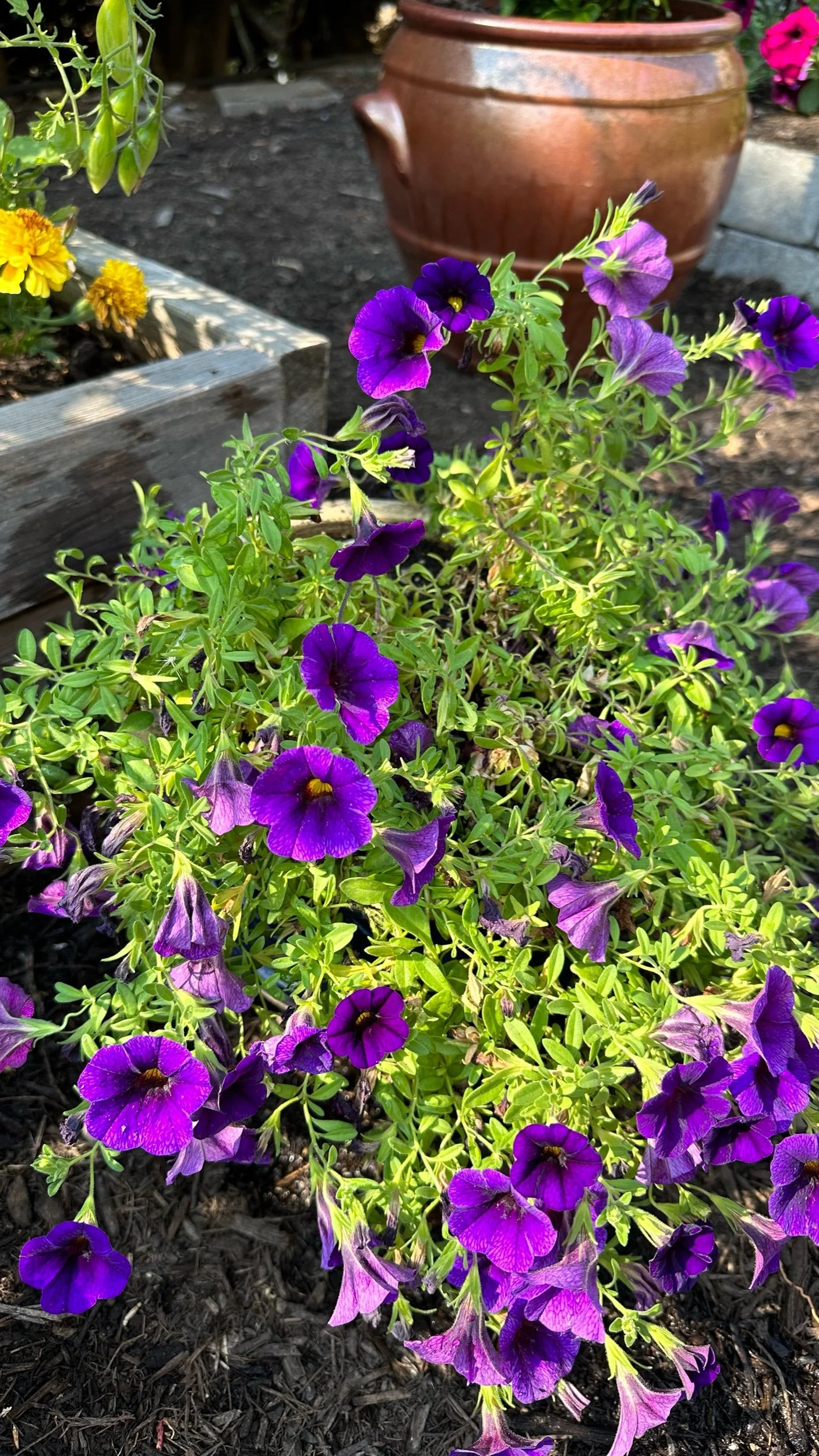Evergreen Ferns for Year-Round Interest
This article has links to products that I may make commission from.
Evergreen ferns are a great addition to any garden, as they provide year round greenery which can add visual interest and texture even in the off season.
Ferns are a wonderful addition to shade gardens as they thrive in areas with low sunlight.
Ferns are fascinating plants as they are considered to be prehistoric plants, with fossil evidence dating back 350 million years (before the dinosaurs!).
They were among the first plants to spread on land, way before flowering plants, and helped make oxygen which made land ready for other life to begin.
Ferns have remained relatively unchanged over millions of years and there are several hardy evergreen varieties with stunning light green foliage that are perfect for the garden and even some that can be grown in full shade.
Ferns are a good choice for an east facing garden as they thrive in the lower light conditions typically found in these areas, adding a lush greenery to the space.
To learn more about ferns, check out my guide:
Are Ferns Considered Evergreen?
A fern is considered evergreen if it retains its leaves throughout the year and does not lose them during a dormant period.
This is in contrast to deciduous ferns, which lose their leaves at the end of the growing season and go dormant until the next year.
Some ferns are able to maintain their leaves and continue to photosynthesize throughout the year because they are adapted to growing in environments with a relatively consistent temperature and moisture level.
For more tips and inspiration for your shade garden, check out my guides:
Do You Cut Back Evergreen Ferns?
One of the biggest questions in gardening is when to cut back your plants each year.
It is important to understand the growth habits of your specific evergreen fern.
Some ferns, such as the Leatherleaf fern (Rumohra adiantiformis) are known for their vigorous growth and will require regular pruning to keep them in check.
Others, such as the Holly fern (Cyrtomium falcatum) are more slow-growing and may not need as much maintenance.
If your fern is looking overgrown or out of shape, it may be time for a trim.
Pruning can help to remove dead or damaged fronds, as well as control the size and shape of the plant.
This is especially important if the fern is located in a confined space and is at risk of crowding out other plants.
Another reason to prune your evergreen fern is to promote new growth.
Ferns are known for their ability to produce new fronds from the base of the plant, and pruning can help to stimulate this growth.
This is especially useful for ferns that have become leggy or sparse in the center.
When pruning your fern, it is important to use sharp, clean shears and to make clean cuts.
Avoid tearing or damaging the fronds, as this can leave the plant vulnerable to disease.
It is also a good idea to prune your fern in the spring or early summer, when the plant is actively growing.
Here are my favorite pruning shears for the job:
When to Plant Evergreen Ferns
Spring or fall are considered the best times to plant most evergreen ferns.
This is because the mild temperatures and increased rainfall during these seasons provide ideal conditions for root growth and establishment.
If you live in a region with mild winters, fall is an ideal time to plant your evergreen ferns.
The soil is still warm, which allows the roots to establish before the winter cold sets in.
Fall planting also gives the ferns a chance to establish their roots and acclimate to the soil before the heat of summer arrives.
If you live in an area with harsher winters, spring is a better time to plant evergreen ferns.
This gives them enough time to establish their roots and adjust to the soil before the hot summer weather arrives.
Also, planting in the spring allows the plants to have access to the moisture from spring rains and the warmer temperatures to help with the growth.
It is also important to keep in mind that evergreen ferns require a lot of moisture and consistent watering, so planting during a dry period is not the best idea.
For more shady garden inspiration, check out my guides:
Hardy Evergreen Ferns
Leatherleaf Fern (Rumohra adiantiformis)
Leatherleaf Fern (Rumohra adiantiformis) is a species of fern native to tropical regions of southern Africa and Madagascar.
It is widely grown for its attractive, leathery, dark green leaves.
It is often used as a filler in floral arrangements, providing a lush and tropical appearance.
It's also a popular indoor plant, as it can tolerate low light conditions and is relatively low maintenance, requiring only occasional watering and misting.
The plant is propagated from spores of rhizome and can be grown in a range of soils, from sand to heavy clay, as long as it is well-draining.
When grown outdoors, Leatherleaf Fern prefers partial shade and a moist, humid environment.
It is hardy and adaptable, making it a popular choice.
USDA Hardiness Zones 8-11.
For more shade garden ideas, check out my guides:
Holly Fern (Cyrtomium falcatum)
Holly Fern (Cyrtomium falcatum) is a species of fern native to Japan, China, and Southeast Asia.
It is an evergreen fern, meaning its leaves persist throughout the winter, and is known for its holly-like leaves which are glossy, leathery, and have sharply-pointed tips, giving the plant its common name.
The Holly Fern will grow to a height of 30-60 cm (12-24 inches), forming a clump of fronds.
The fronds are a rich, dark green color and are stiff and leathery, making them ideal for use as cut foliage in floral arrangements.
It is often used in shade gardens, woodland gardens, or along shaded walkways.
It is also widely grown because of its low maintenance and adaptability to a range of soils, from sand to heavy clay, and various light conditions, from deep shade to light dappled shade.
It is known for its ability to tolerate dry conditions, making it ideal for use in areas where water conservation is a concern.
It is hardy to USDA zones 7-9.
Here is the Holly Fern I recommend growing:
For more shade garden inspiration, check out my guides:
Christmas Fern (Polystichum acrostichoides)
The Christmas fern is native to North America, specifically in the eastern and central regions of the United States and Canada, and is known for its evergreen leaves.
It's a great option for full shade to part shade and can be used as a ground cover.
The fronds are a deep green color and are triangular in shape, giving the plant its distinct look.
The Christmas Fern is named for its evergreen leaves which remain green throughout the winter (resembling the holiday season) and is known for its abilitly to persist in harsh exposed conditions.
It is hardy to USDA zones 3-9.
Here is the Christmas fern I recommend growing:
Male Fern (Dryopteris filix-mas)
The Male Fern is native to Europe and is known for its deep green, lance-shaped leaves.
It's a great option for shady gardens and prefers well-drained soil.
It is hardy to USDA zones 4-8.
Another incredible evergreen fern to check out is the tree fern that can grow up to several feet tall!
Check out my guide Growing and Caring for Tree Ferns: A Complete Guide.
ROYAL FERN (OSMUNDA REGALIS)
This hardy fern is native to North America and is known for its large, evergreen leaves and is often used in landscaping and as a cut foliage plant.
Its fertile fronds are a great option for damp, shady gardens and prefers moist soil.
It is hardy to USDA zones 3-9.
Alpine Water Fern (Blechnum penna-marina)
Alpine Water Fern (Blechnum penna-marina) is a species of fern native to mountainous regions of Europe, Asia, and South America.
It is known for its ability to grow in water and its delicate, finely divided leaves that give it a lacy appearance.
The fronds are typically a dark green color and can reach up to 30 cm in length.
Alpine Water Fern is often used in aquaria or as a marginal aquatic plant in water gardens, providing shelter and food for aquatic wildlife.
Despite its delicate appearance, it is relatively low maintenance and can be easily propagated from spores of rhizome.
It is hardy to USDA zones 7-9.
Autumn Fern (Dryopteris erythrosora)
Dryopteris erythrosora, commonly known as Autumn Fern, is a species of fern native to East Asia, specifically in Japan and China.
It's an evergreen fern, meaning its leaves persist throughout the winter, and is known for its distinctive coppery-red new fronds which emerge in spring and change to a glossy green as they mature.
Autumn Fern grows to a height of 30-60 cm (12-24 inches), forming a clump of lance-shaped fronds.
Autumn Fern is often used in shade gardens, woodland gardens, or along shaded walkways.
It is also widely used in the temperate regions of the world for its low maintenance and adaptability to a range of soils, from sand to heavy clay, and various light conditions, from deep shade to light dappled shade.
Autumn Fern is relatively easy to care for and propagate, making it a great choice.
Here is the Autumn Fern I recommend growing:
Japanese Tassel Fern (Polystichum polyblepharum)
This Japanese Tassel Fern is native to Japan and is known for its unique tassel-like clusters of fertile fronds.
It's an excellent fern when used in rock gardens or as a ground cover.
It is hardy to USDA zones 5-8.
